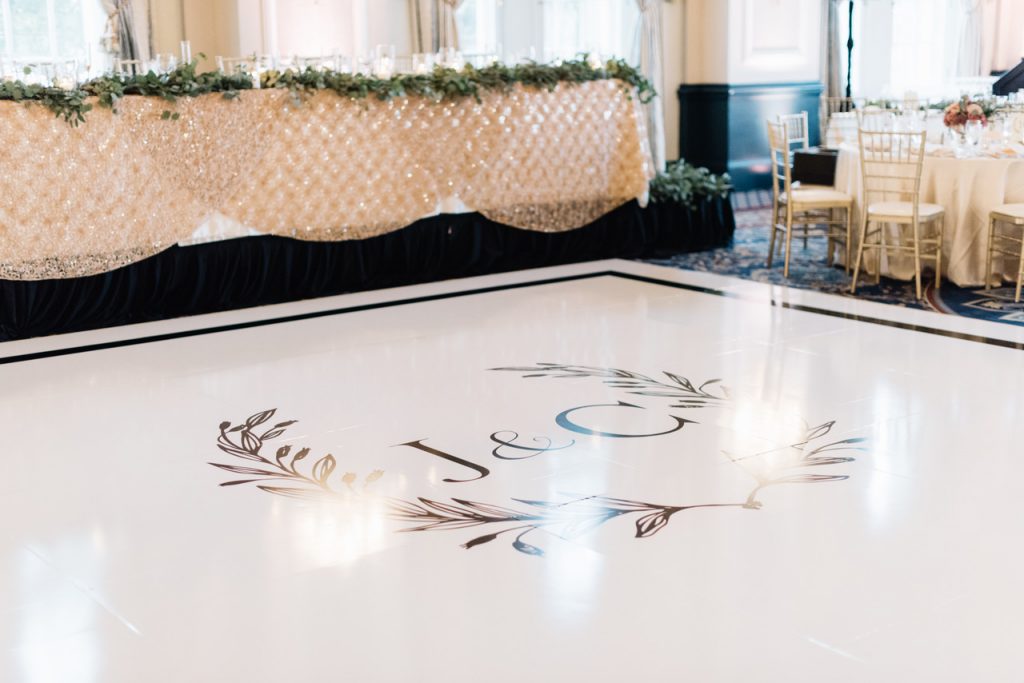Enhancing Creativity With Color Concept for Light Emitting Diode Movement Surface Creations
Enhancing Creativity With Color Concept for Light Emitting Diode Movement Surface Creations
Blog Article
Color theory is a crucial aspect of aesthetics, particularly as it comes to creating light-emitting diode dancing surfaces. The interaction of hues can greatly influence the atmosphere and energy of a venue. Through understanding how hues function together, designers can create an environment that improves the overall experience for participants. This article examines the basics of color principles and its use in light-emitting diode dance floor layouts.
The main hues are crimson, azure, and golden. These hues cannot be be made by blending other colors together. Secondary colors, such as green, orange, and violet, are formed by combining main hues. Tertiary colors are formed by mixing a primary hue with a intermediate hue. Grasping these fundamental relationships helps designers choose colors that complement one another and create a visually appealing display. Mixing these hues on an light-emitting diode dancing surface can lead to dynamic and stimulating outcomes that attract the focus of dancers.
Color temperature also plays a key part in aesthetics. Colors can be categorized as warm or cool. Hot hues, such as red, orange, and yellow, tend to elicit emotions of enthusiasm and heat. In contrast, cool hues like azure, emerald, and purple often create a serene and tranquil environment. Designers can utilize these hue values to set the mood for different kinds of occasions. For example, a celebration environment may gain from hot colors that energize the crowd, while this post a further calm event might use cool colors to offer a soothing influence.
In addition to color pairings and value, brightness and saturation are essential factors important source to consider. Brightness denotes to how bright or dim a color looks, while intensity measures the intensity of a hue. Vivid, saturated colors can generate a vibrant and lively atmosphere, ideal for dance surfaces. On the other hand, softer, lower intense colors can create a more muted environment. By manipulating luminosity and intensity, designers can draw attention to particular sections of the dancing floor or establish sight pathways, guiding participants through the venue.
Ultimately, it is crucial to take into account the psychological impacts of hue in LED dance surface layouts. Different colors can elicit different emotions and reactions. For instance, red is often linked with zeal and energy, while blue can be soothing and tranquil. Understanding these connections enables designers to strategically apply hues to influence the behavior of participants. By incorporating color principles into light-emitting diode dance floor layouts, designers can enhance the total experience, rendering it memorable and enjoyable for all participating.